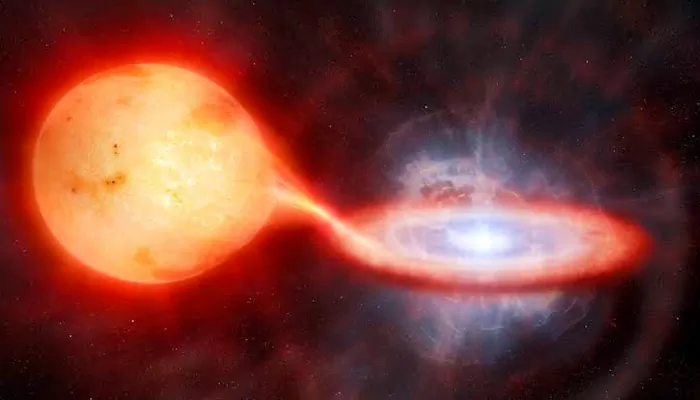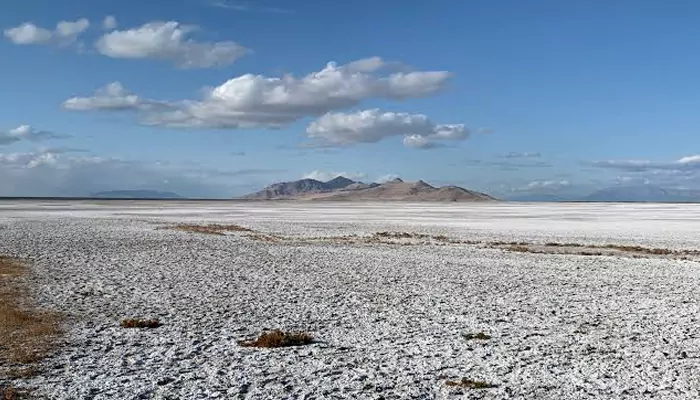
Here are today’s most important updates from the realm of Science and Space.
Researchers at Indian Institute of Technology (IIT), Guwahati have developed advanced robots to man international borders which will offer AI-powered surveillance and uninterrupted, real-time monitoring across challenging terrains, according to government officials. The robots developed by Da Spatio Rhobotique Laboratory Pvt. Ltd (DSRL), a startup incubated at IIT Guwahati, have also received acknowledgement from the Defence Research and Development Organisation (DRDO) for their potential for integration into India's defence infrastructure. The Indian Army is already conducting field trials for the surveillance system. This autonomous robotic system overcomes the limitations of terrain, weather and endurance ensuring 24/7 vigilance. The system features multi-sensor intelligence gathering, significantly enhancing its ability to detect and deter potential threats.

(Credit: Space.com)
Researchers conducted the first-ever near-infrared analysis of an extragalactic recurrent nova and found it is one of the hottest nova explosions ever discovered. Located in the Large Magellanic Cloud, a nearby satellite galaxy of the Milky Way, LMCN 1968-12a is the first recurrent nova outside our galaxy to have been studied in near-infrared light. Beyond its extreme temperatures, this nova is also notable for being an extremely violent eruption with unique chemical properties that differ significantly from those observed in our galaxy. Meanwhile, LMCN 1968-12a was the first recurrent nova to be found outside our galaxy. Studying novas helps astronomers understand the dynamics of binary systems and the influence of surrounding conditions on these eruptions.

(Credit: NASA)
For decades, it has been unknown how the ice meltwater seeps underground and replenishes groundwater. To better understand the mechanism and storage capacity, NASA aircraft equipped with Uninhabited Aerial Vehicle Synthetic Aperture Radar (UAVSAR) has conducted its first of six flights planned for this year, passing over a roughly 25-mile stretch of the Tulare Basin in the San Joaquin Valley, where foothills meet farmland. Synthetic Aperture Radar doesn’t directly observe water. However, the UAVSAR measures changes in surface elevation — smaller than a centimeter — to tell distinguish where the water is. NASA’s technology has the potential to give unprecedented precision in measuring where snowmelt is recharging groundwater. This information is vital for farmers and policymakers to protect water supplies for agriculture and communities.

A new artificial intelligence (AI)-driven weather prediction system could transform forecasting. The system, developed by researchers from the University of Cambridge, dubbed as Aardvark Weather, generates forecasts tens of times faster than traditional forecasting systems using a fraction of the computing power, researchers reported in the journal Nature. The machine learning model uses raw data from satellites, weather stations, ships and weather balloons to make its predictions without relying on atmospheric models. This new approach offers major advantages in terms of cost, speed and accuracy of weather forecasts. The next steps for Aardvark include developing high-precision environmental forecasting for weather, oceans and sea ice.